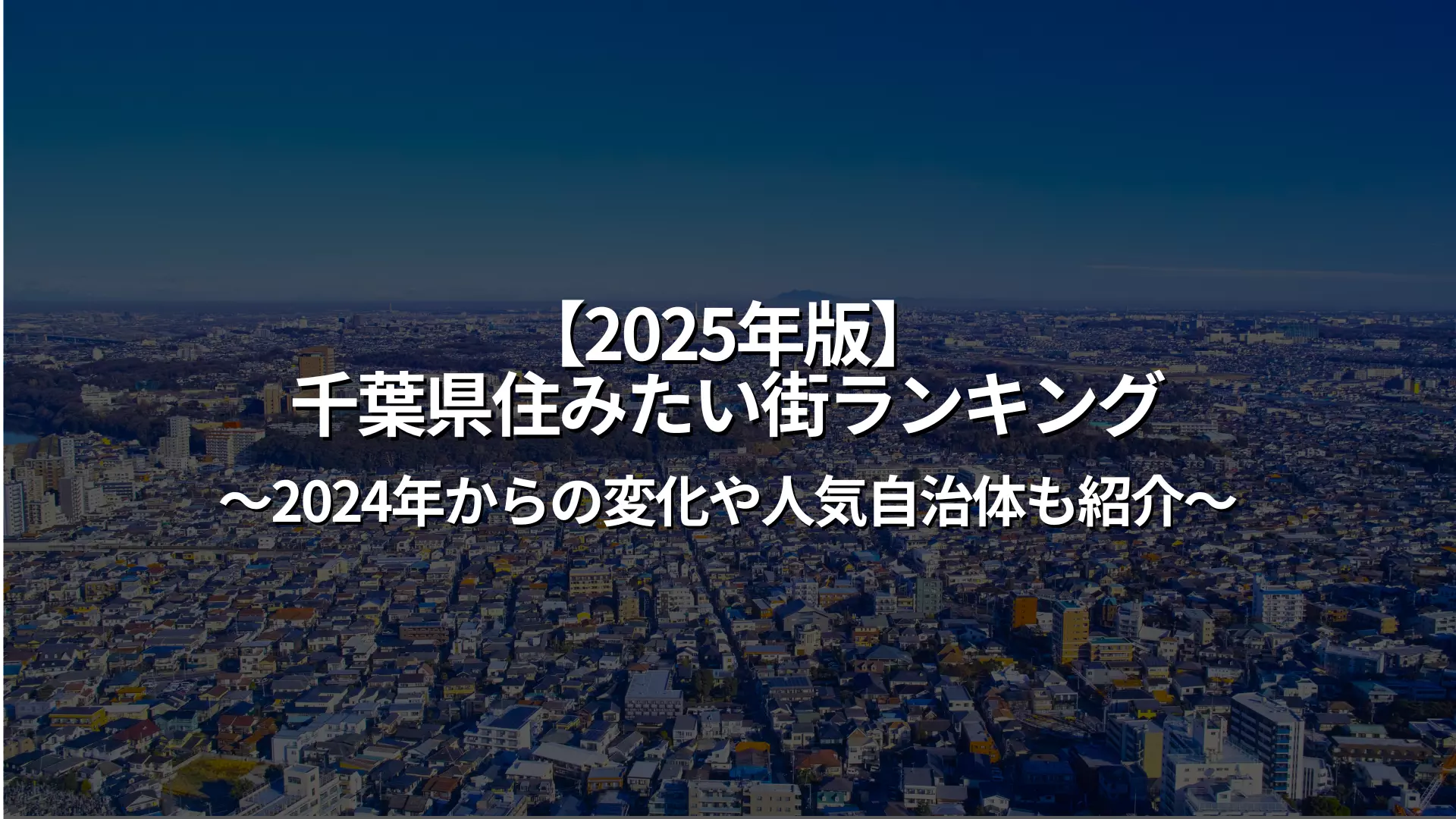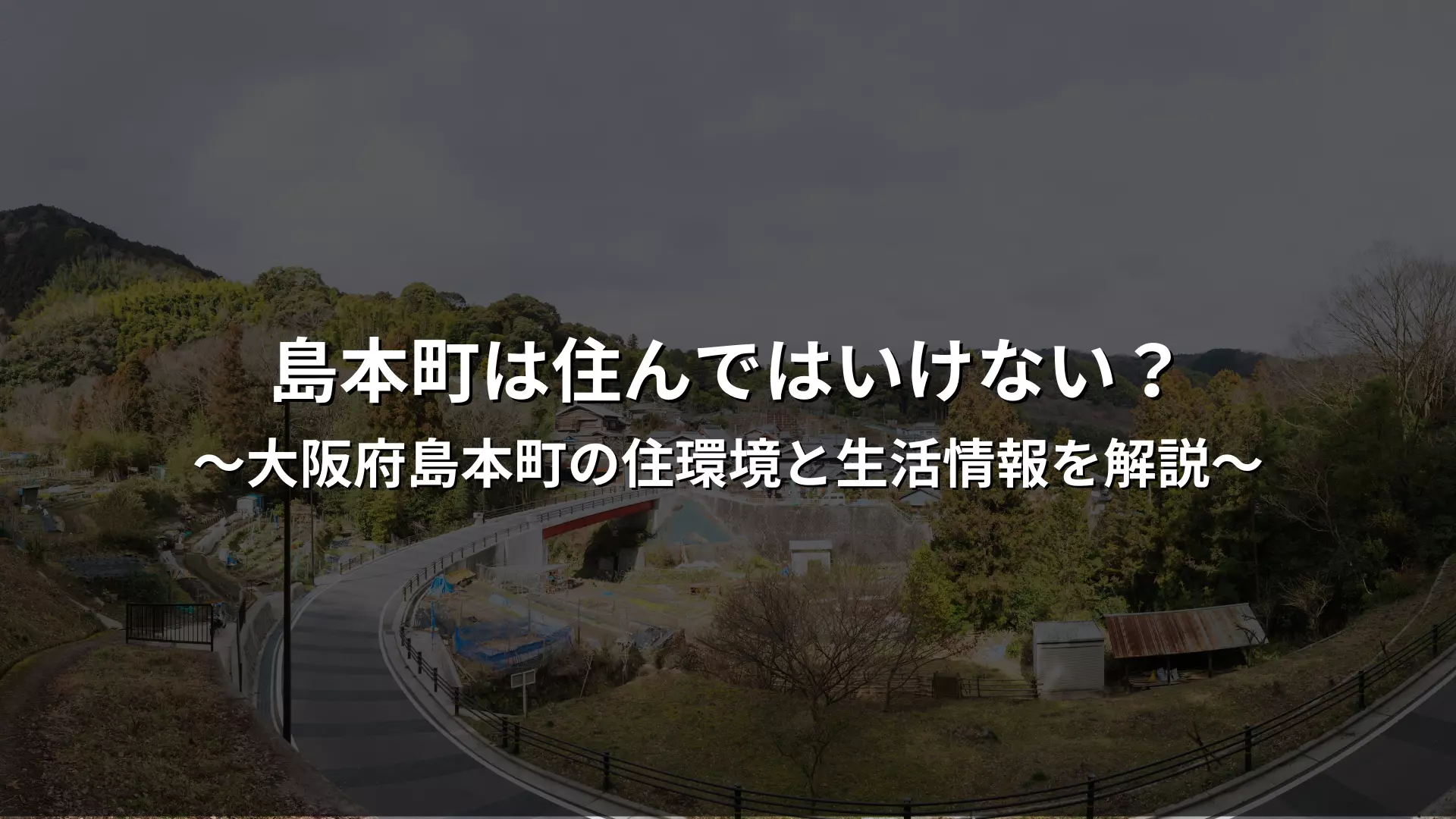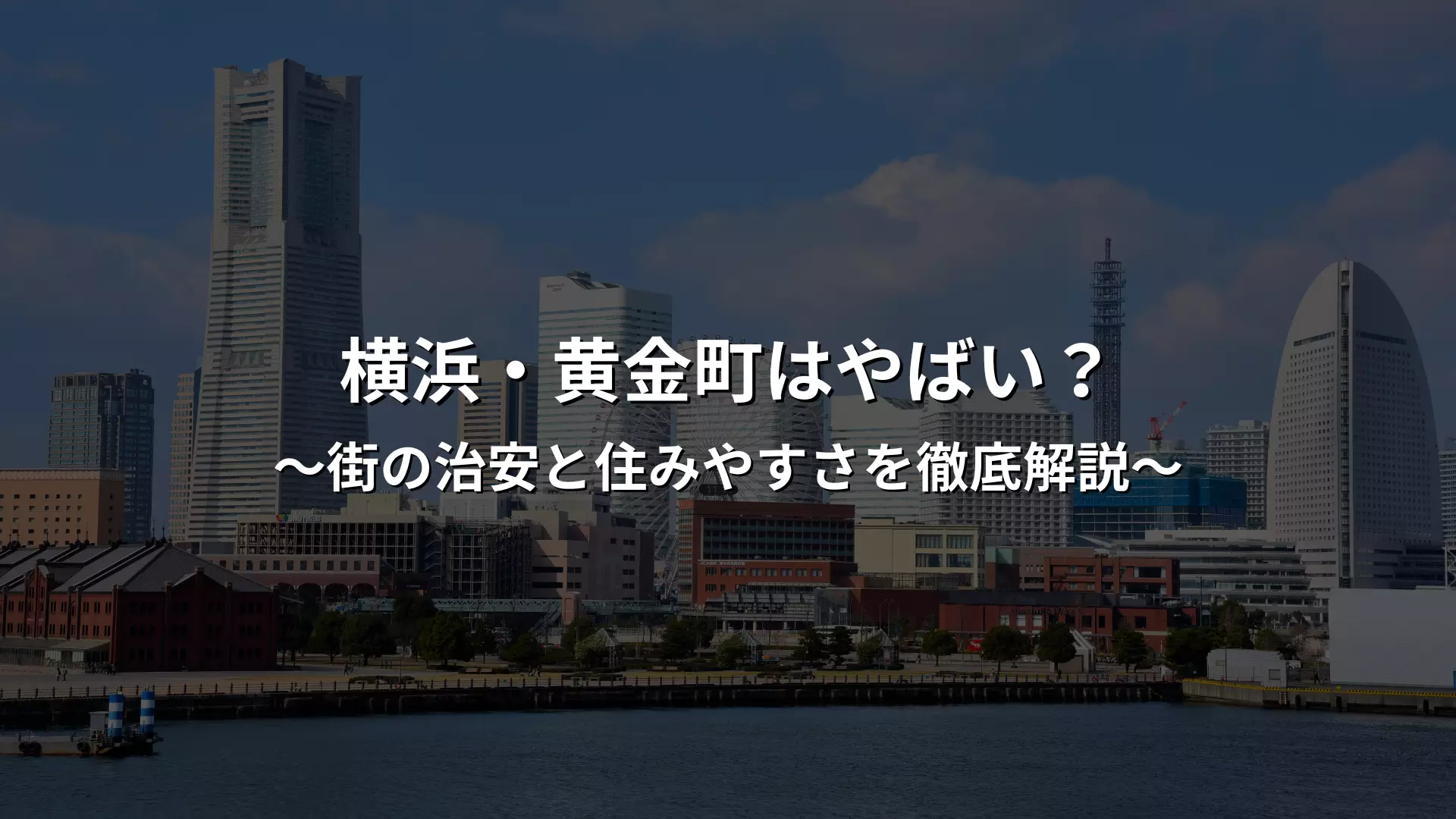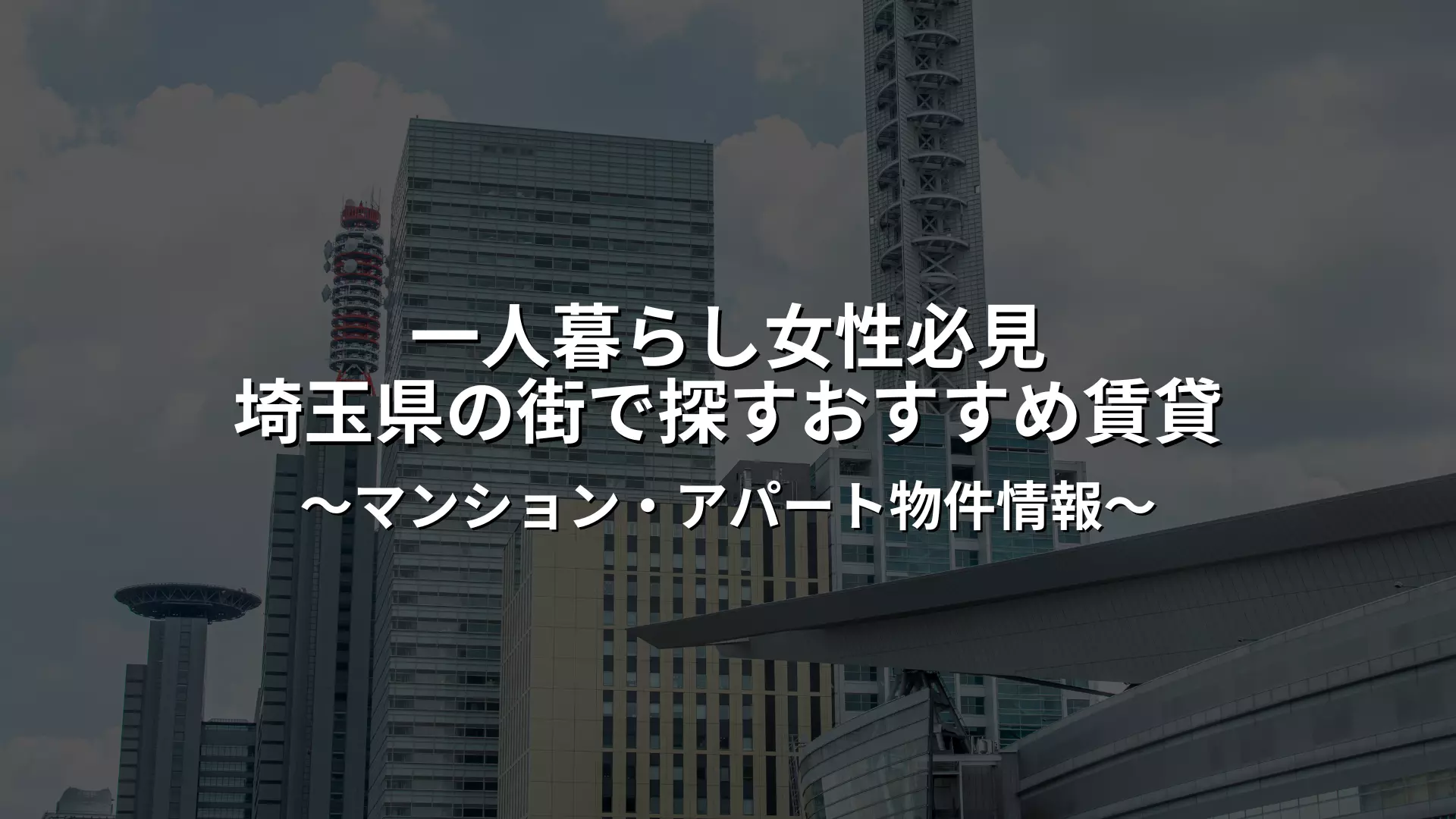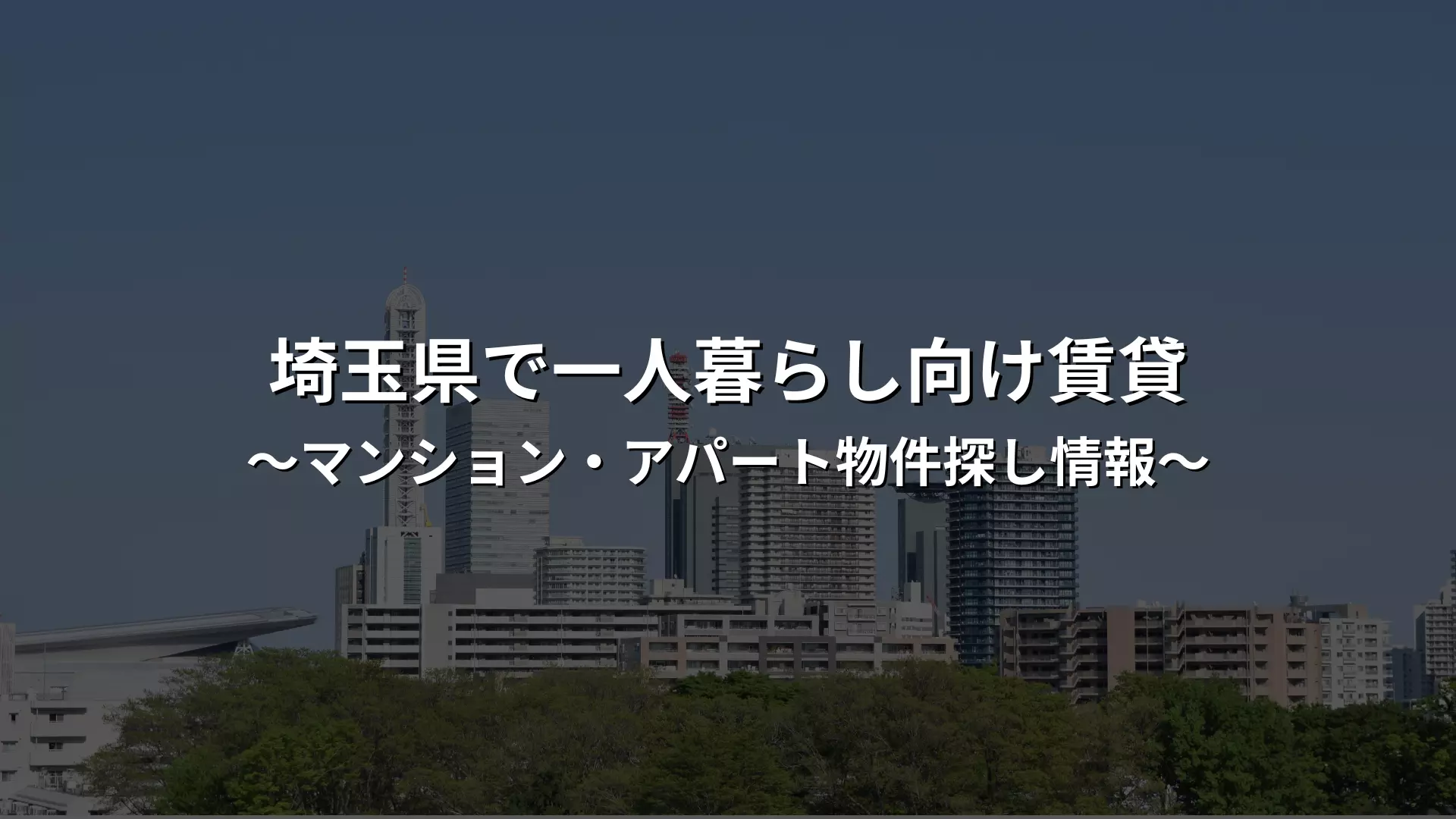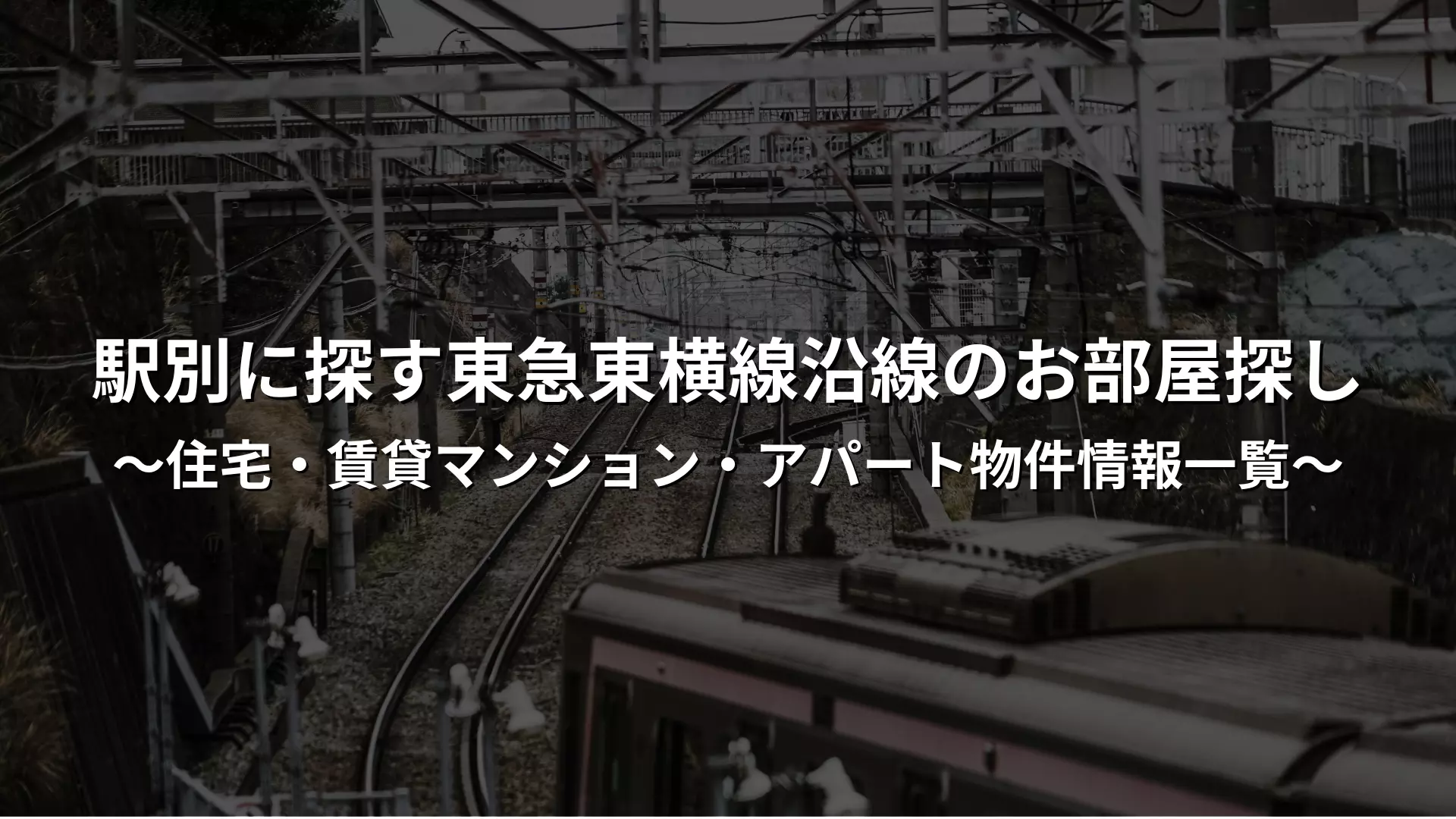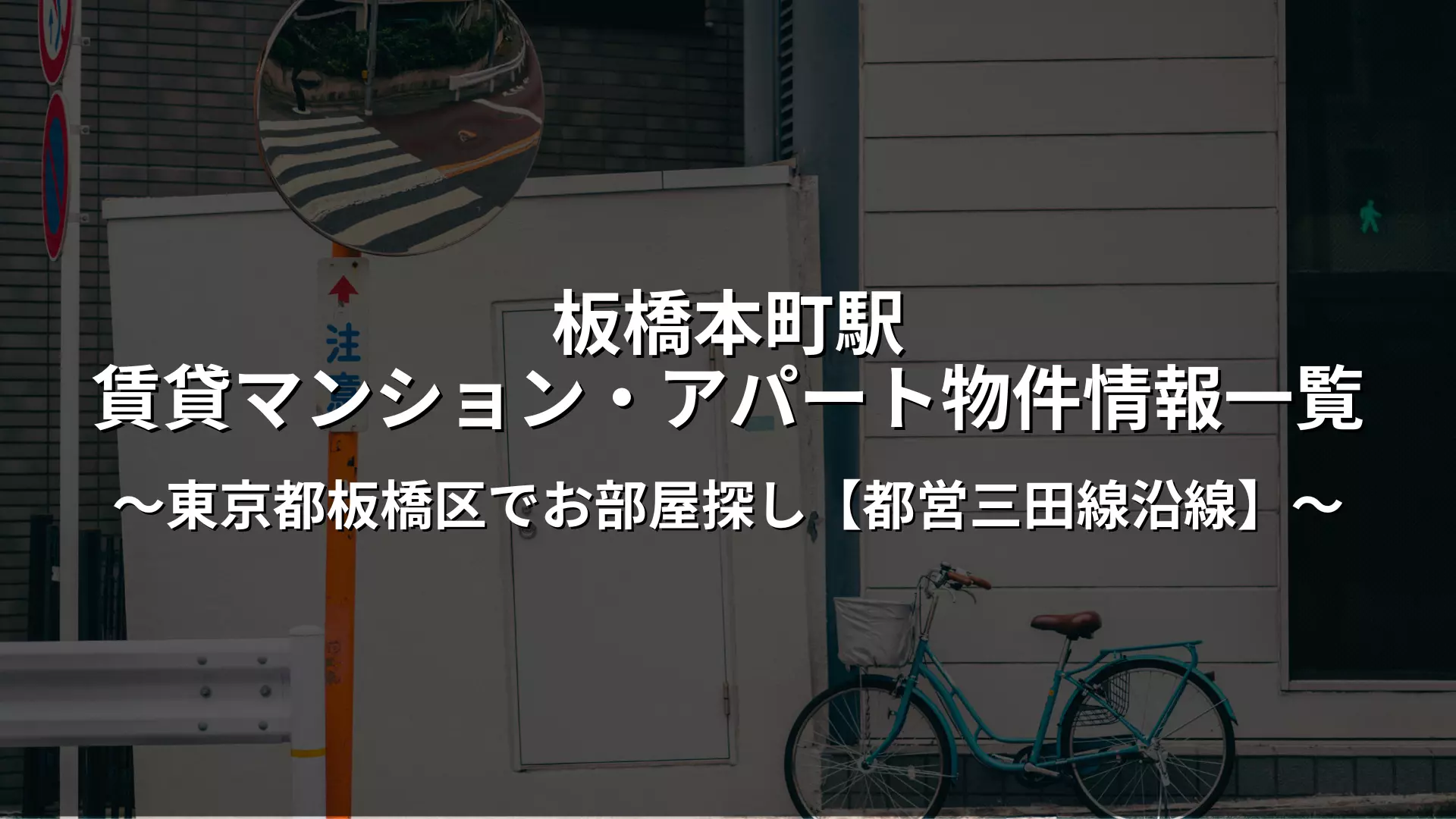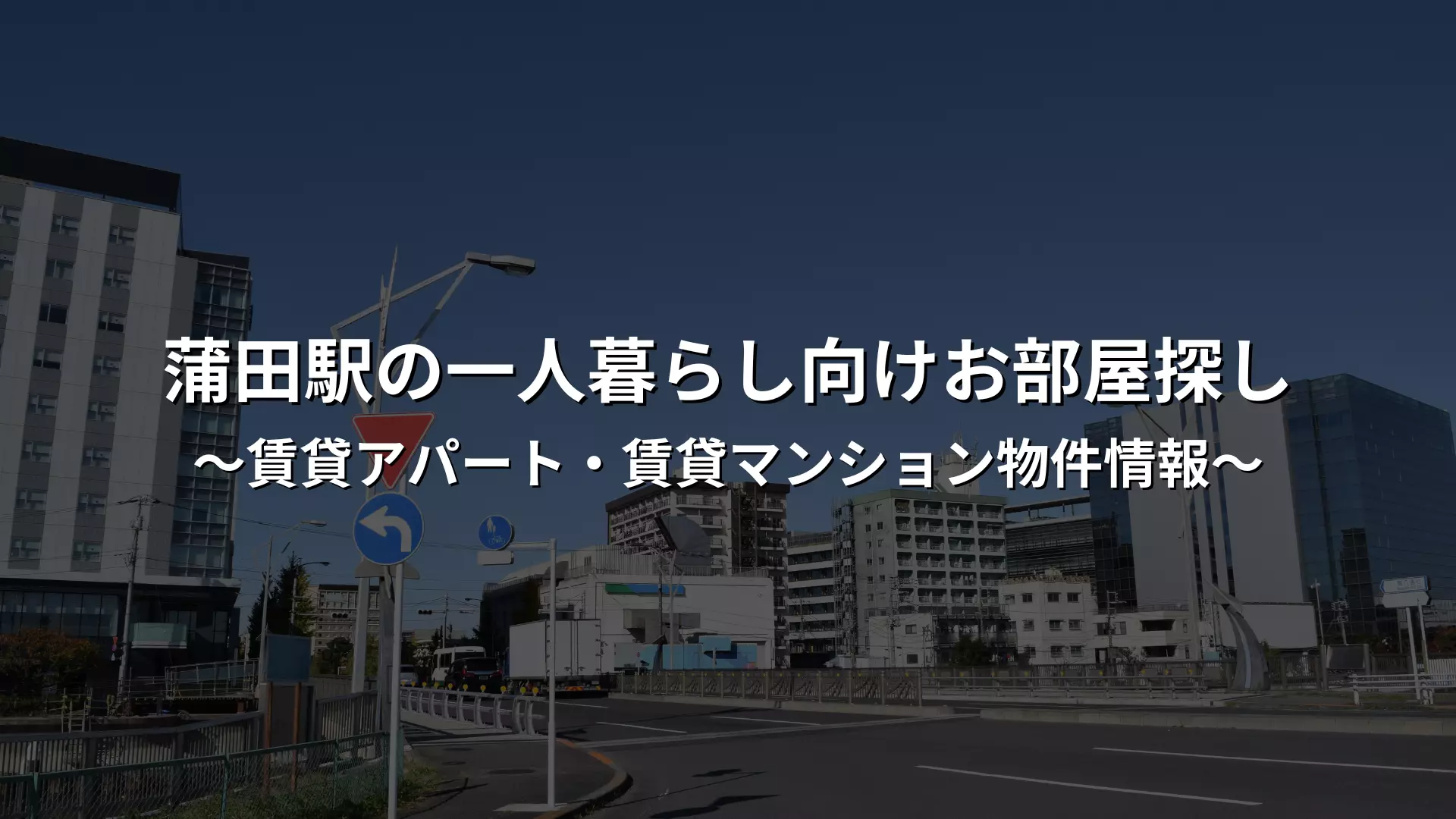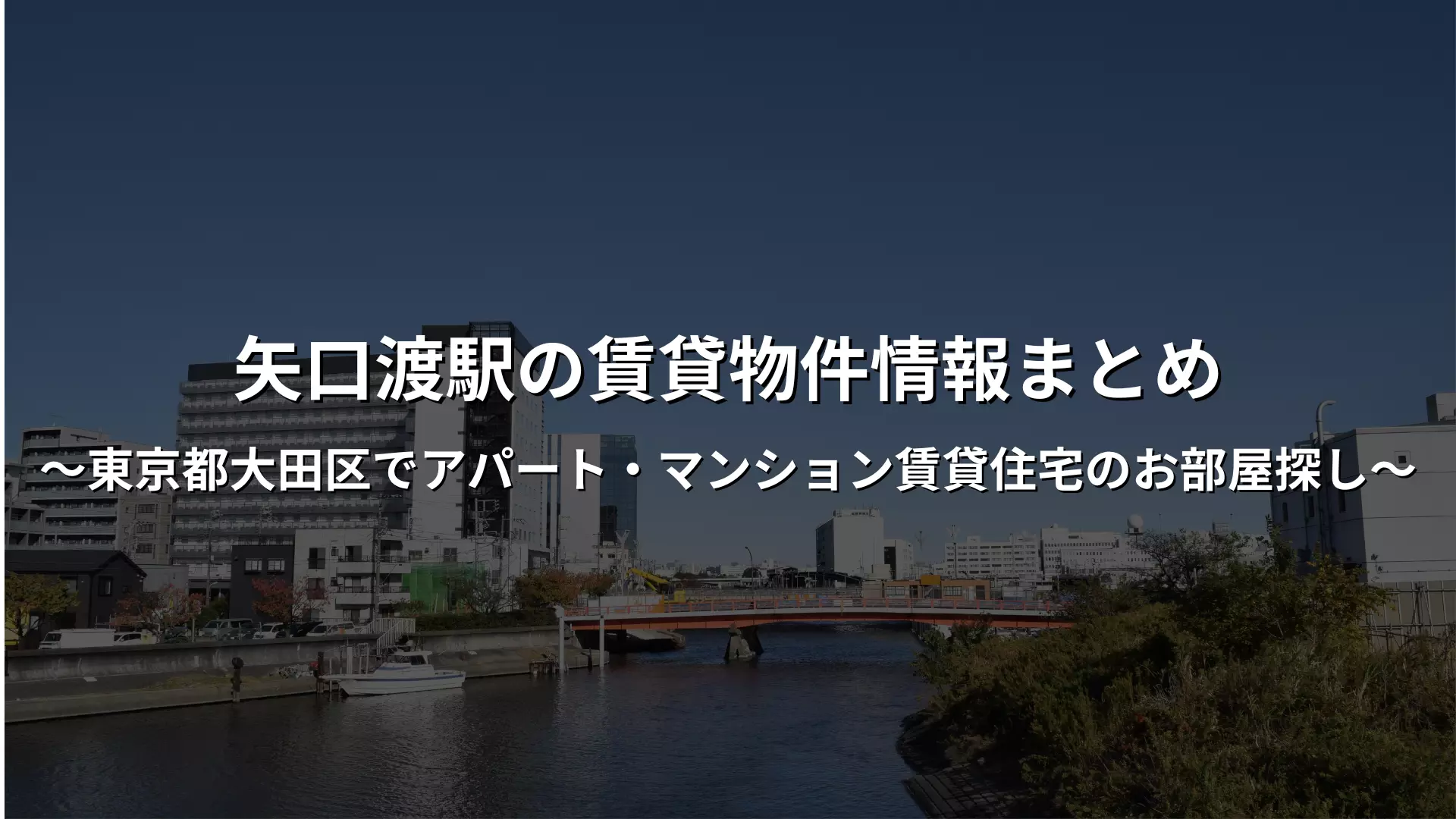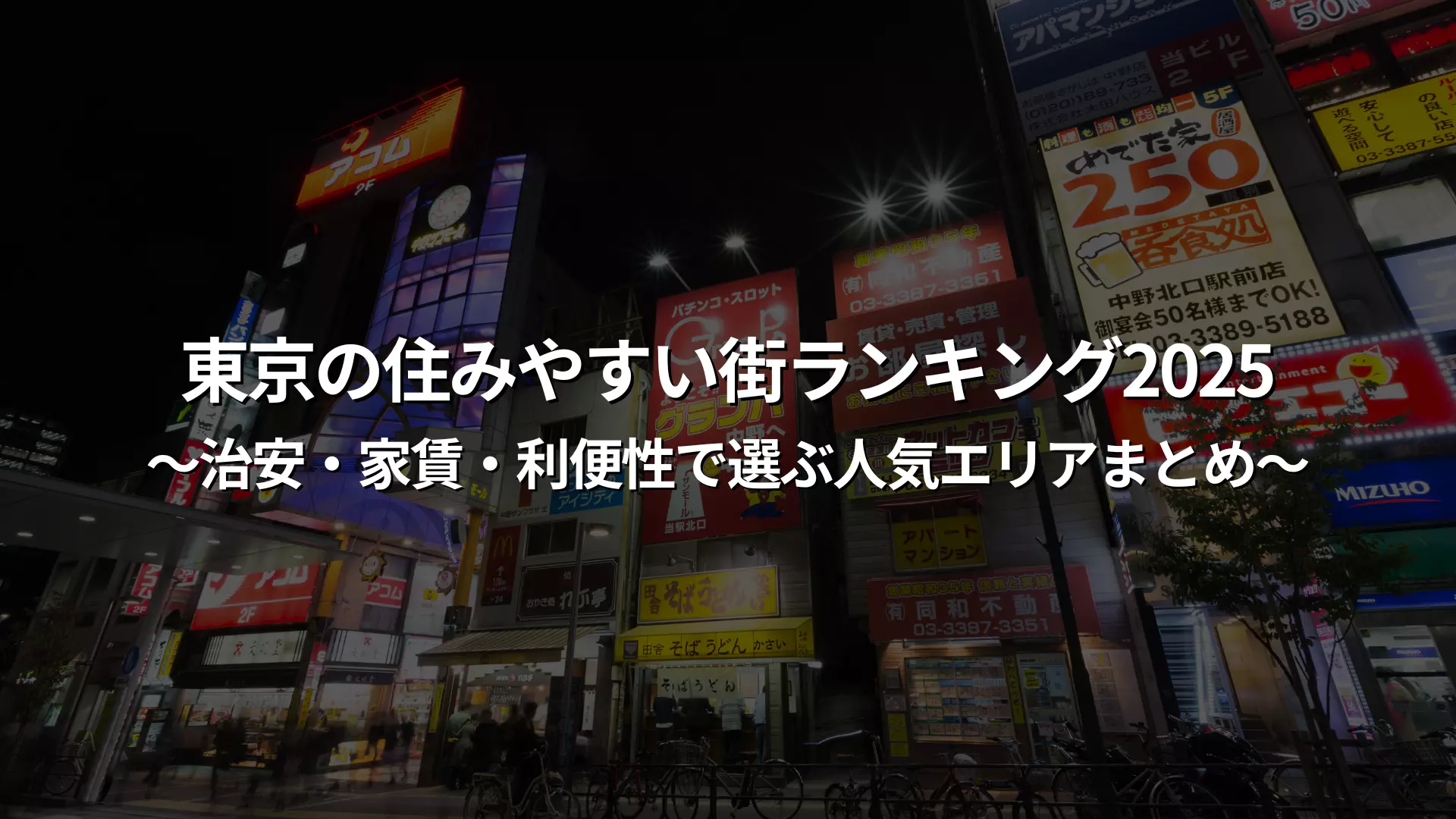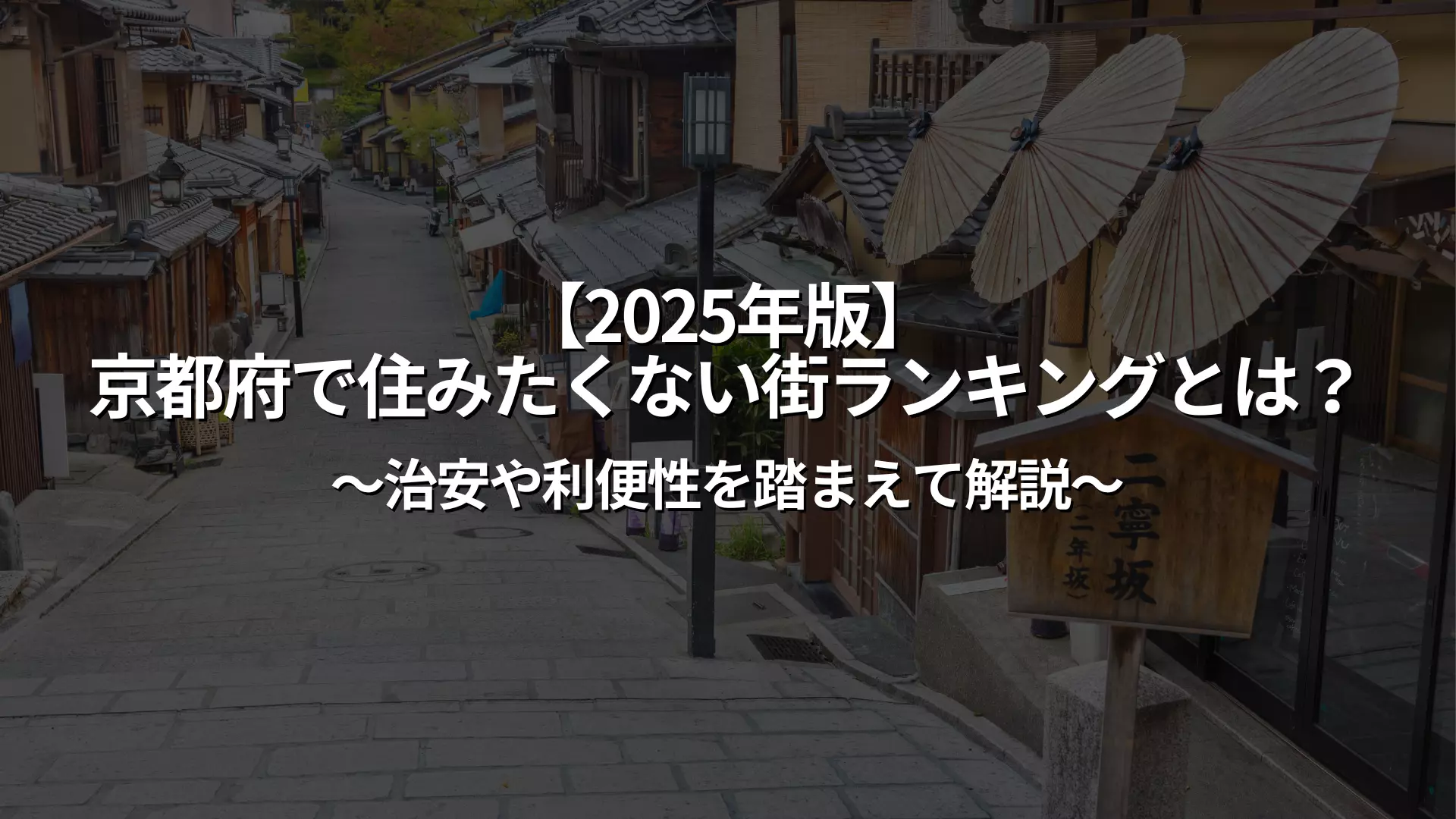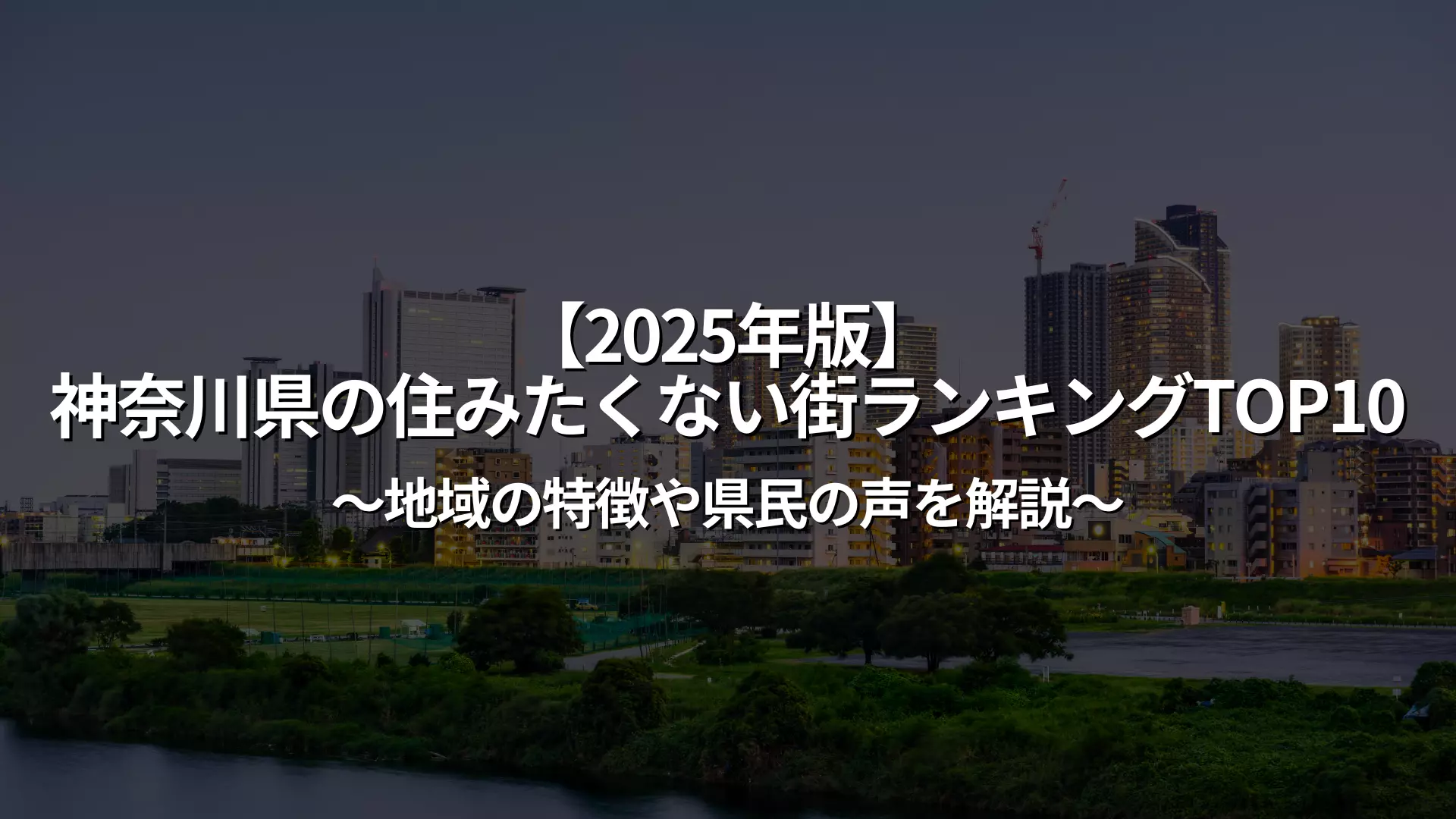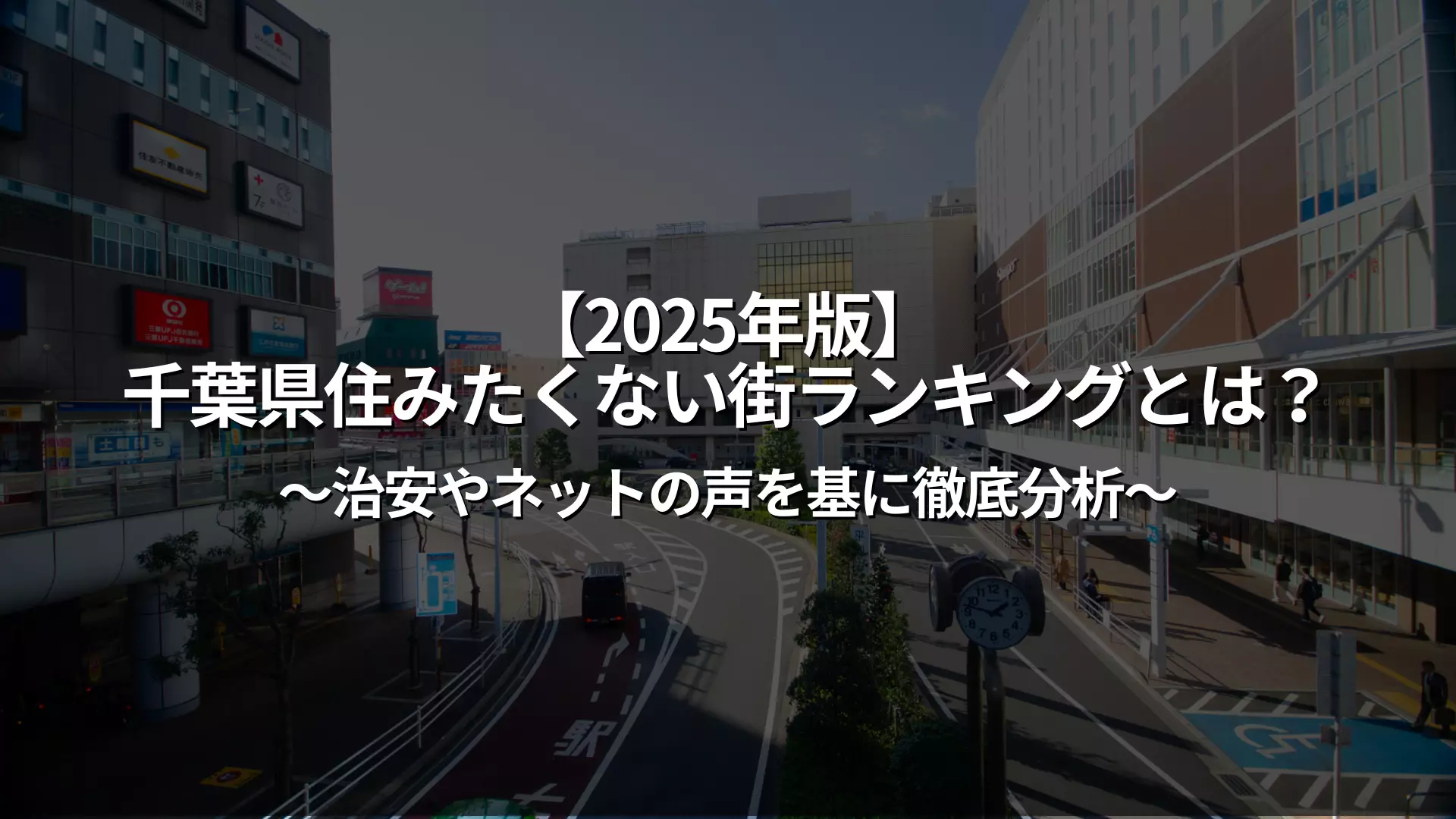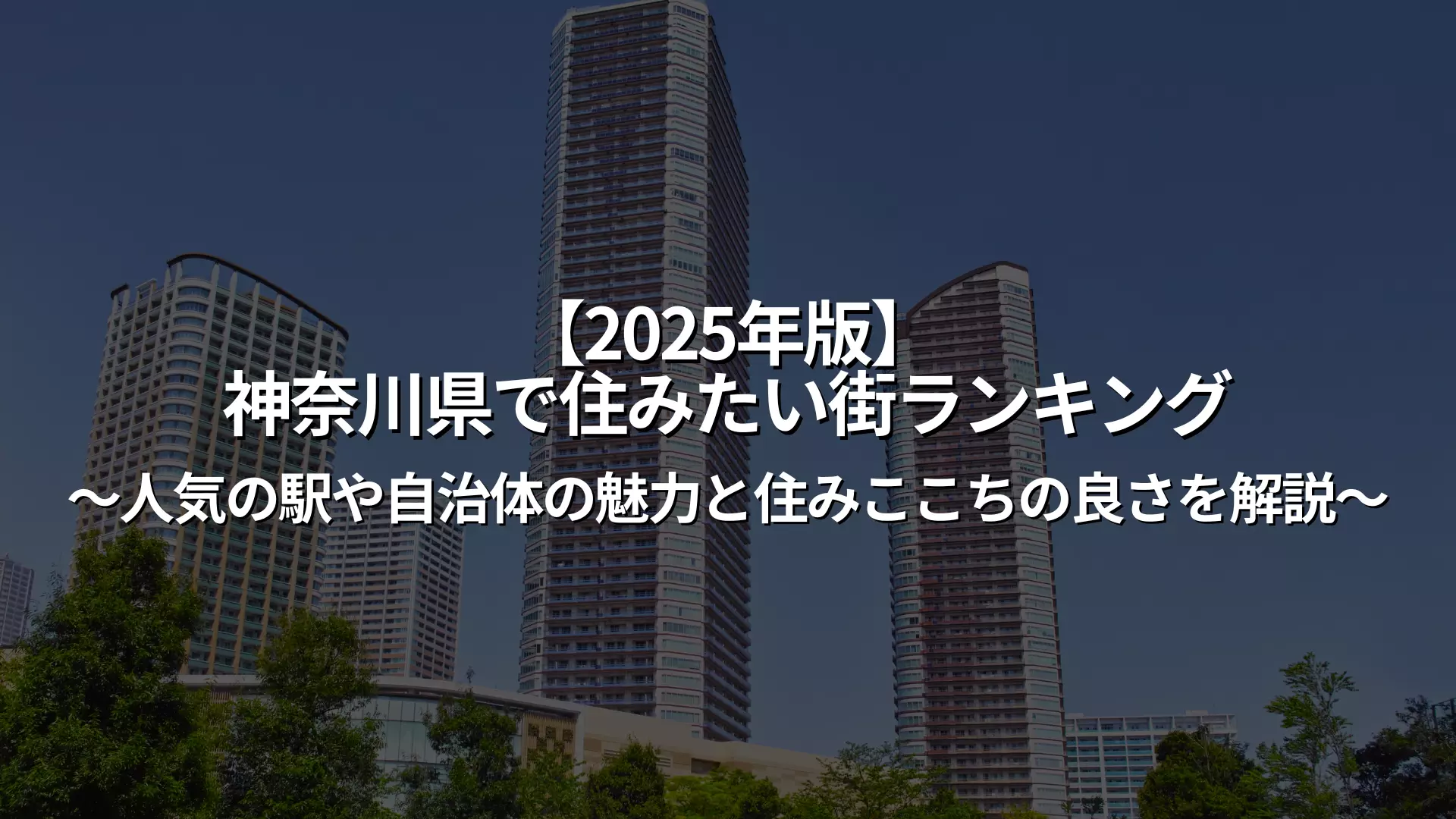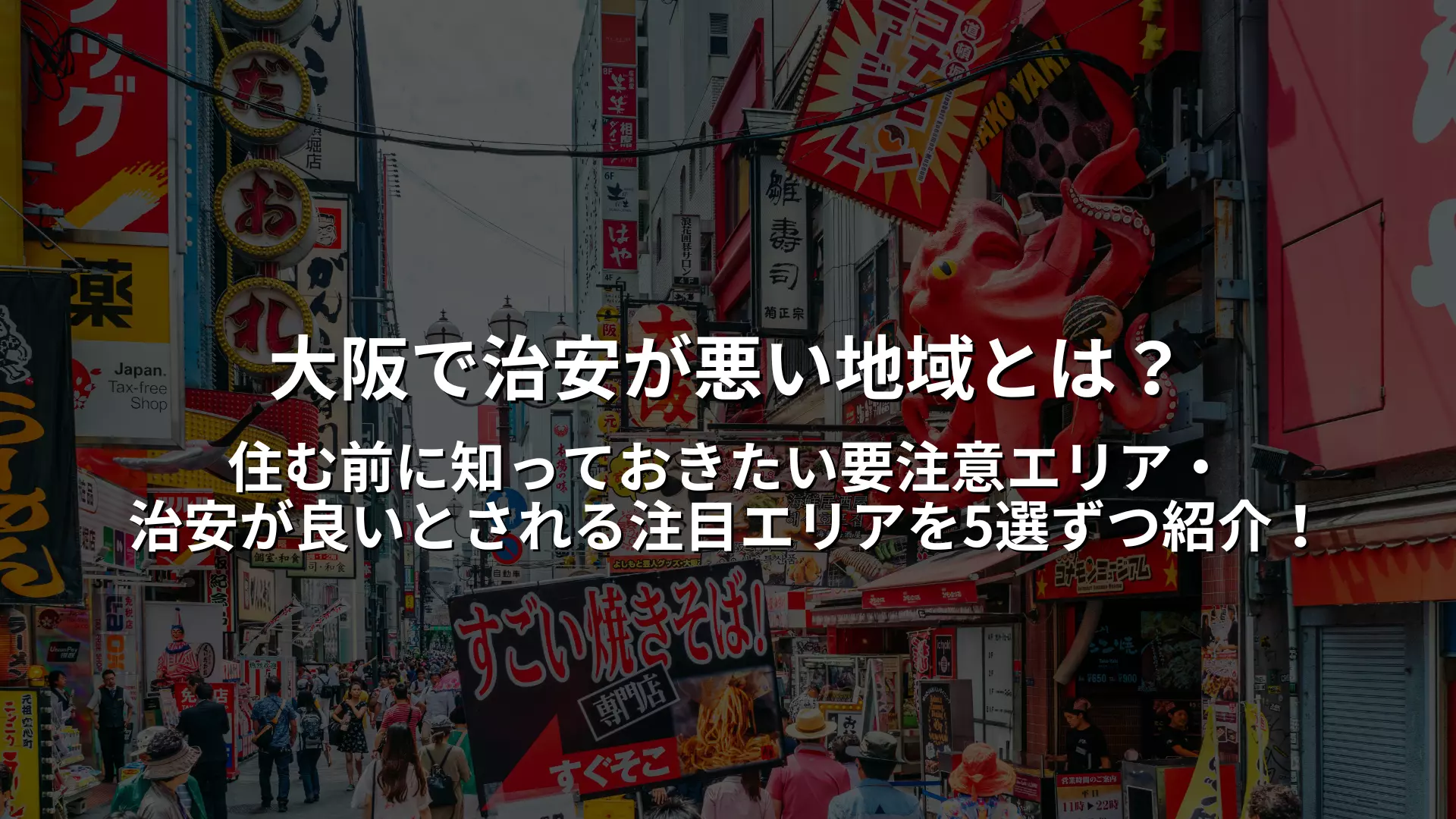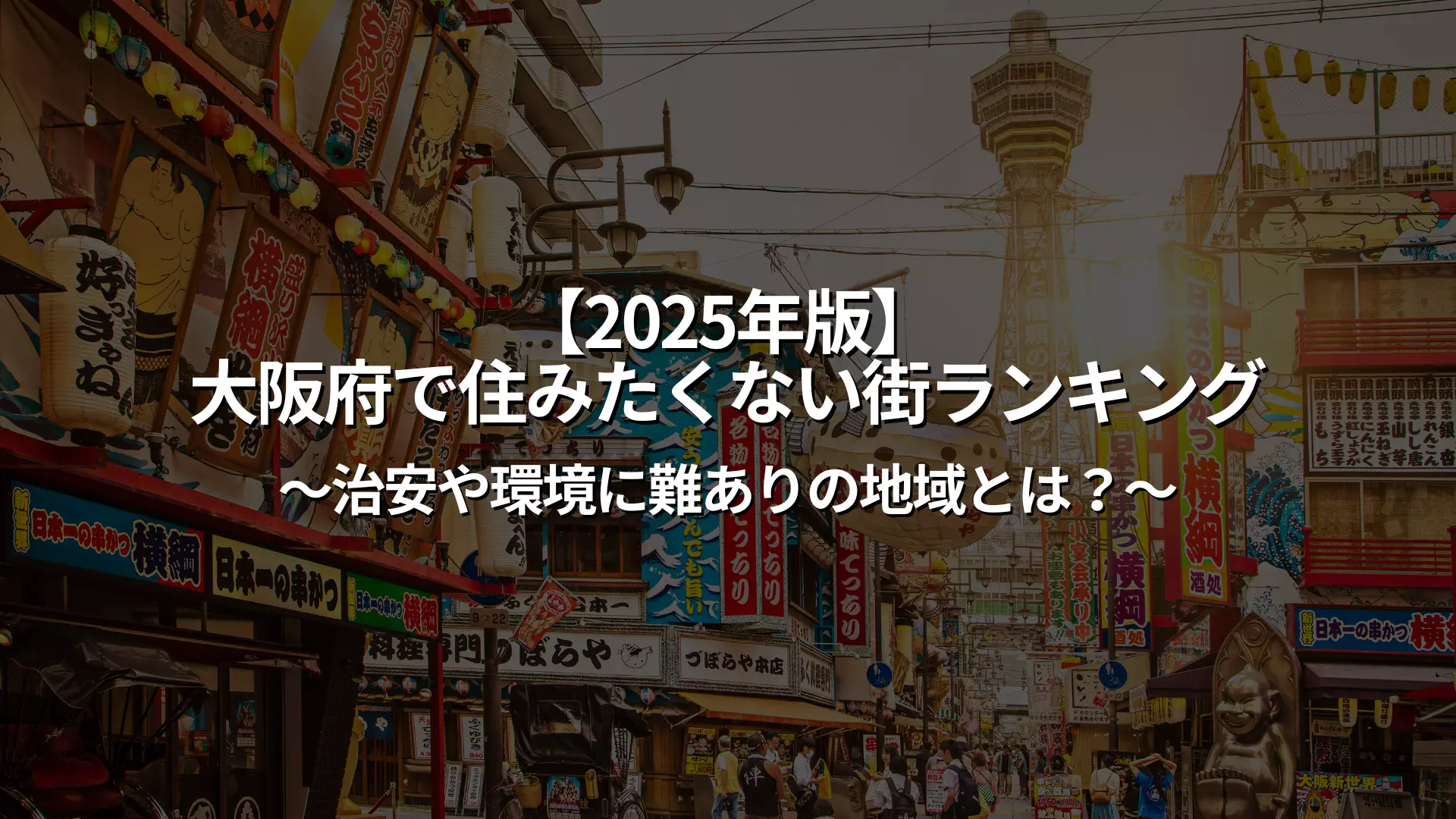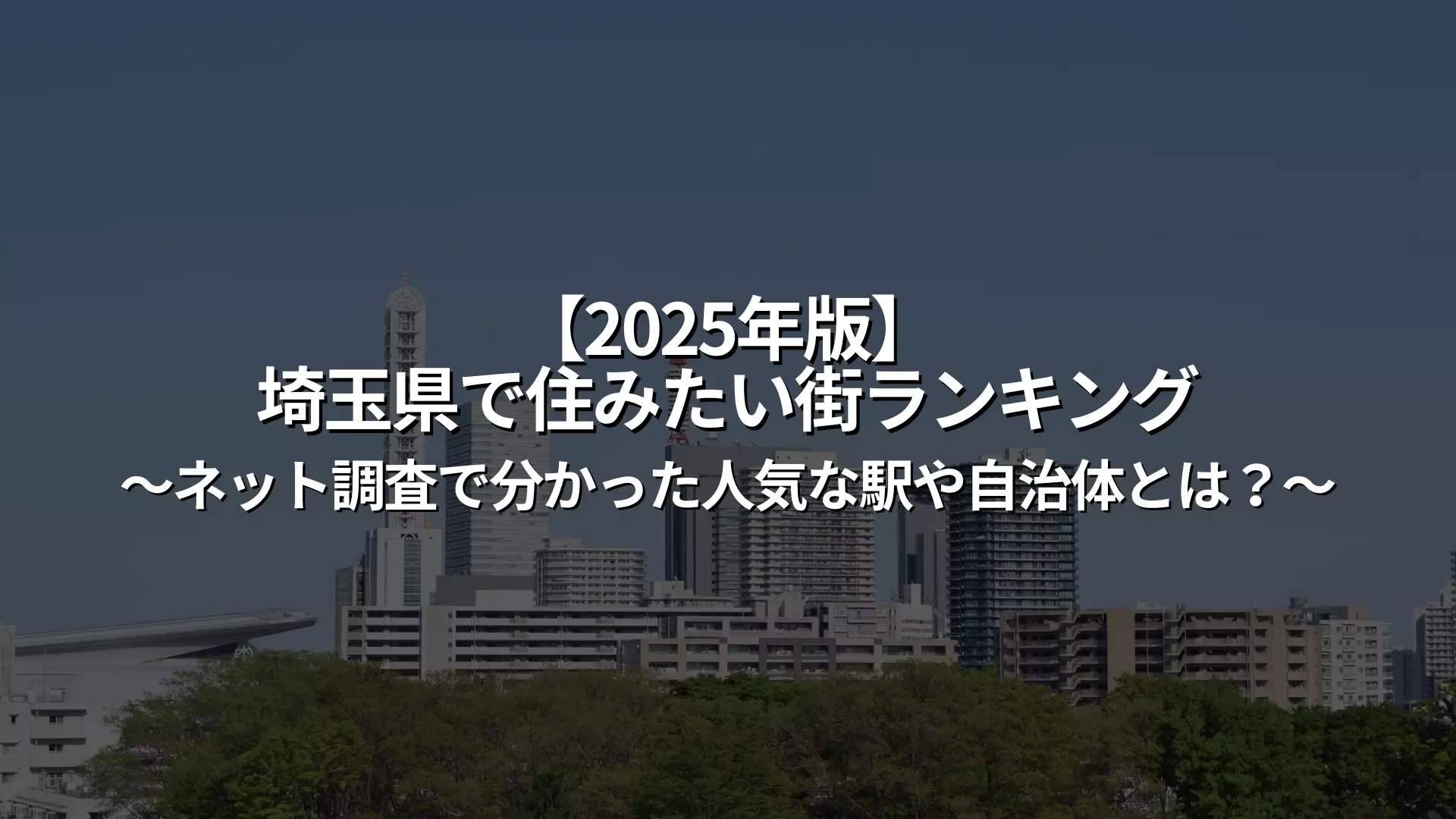What is the ranking of cities in Chiba Prefecture where people want to live? The popularity and selection criteria
Many people use the "Chiba Prefecture City Ranking for Places to Live" as an indicator to identify the most popular residential areas within Chiba Prefecture.
In recent years, there has been an increased demand for searches such as "Chiba Prefecture: the best place to live" and "Chiba Prefecture rankings: popular," and it is attracting attention in the early stages of property hunting and moving considerations. The rankings are characterized by their comprehensive numerical value of "livability" based on evaluations from multiple perspectives, including resident satisfaction, city attractiveness, transportation convenience, public safety, and child-rearing environment.
Since the survey is conducted by a reliable survey company, it is very useful as a basis for deciding on a home.
Main research source and reliability of the ranking
The rankings of desirable places to live in Chiba Prefecture are mainly provided by major real estate information services such as "iiheya net", "LIFULL HOME'S", and "SUUMO". These surveys are conducted in the form of questionnaires targeting residents and people looking for housing in the prefecture, and the sample sizes are large, so the data is highly reliable.
In addition, the rankings are released periodically every year, making them extremely useful for understanding the latest trends. It is the starting point for many people when researching "information on cities in Chiba Prefecture that people want to live in," and is an essential indicator for property searches and residential area considerations.
Factors used in the evaluation (convenience, public safety, education, natural environment, etc.)
The ranking of cities in Chiba Prefecture that people want to live in is based on several important criteria.
in particular,
- "Convenience of transportation (access to the city center and closeness to the station)"
- "Good public safety"
- "Childcare and Educational Environment"
- "Coexistence with nature"
- "The abundance of shopping facilities"
- The evaluation focuses on factors that are directly related to the actual livability of a city, such as the quality of medical and administrative services.
Because these elements are prioritized differently depending on generation and lifestyle, cities that rank highly tend to offer well-balanced living environments and are widely popular with families, single people, and seniors.
2025 Chiba Prefecture Top 10 Places to Live
The 2025 latest edition of the "Top 10 Places to Live in Chiba Prefecture" includes cities that received high marks from a variety of perspectives, including convenience, living environment, and childcare support. In particular, Funabashi City and Urayasu City have good access to the city center and are convenient for daily life, and remain highly popular as relocation destinations.
Nagareyama City and Ichikawa City also made the list, garnering support for child-rearing and providing peaceful living environments.
Here, we will explain how this ranking can provide a great hint for those considering a new home in Chiba Prefecture when choosing an area.
No. 1 Funabashi City | The balance between convenience and lifestyle is appealing
Funabashi City is accessible by multiple lines, including the JR Sobu Line and Keisei Main Line, and is an attractive location for commuting to work or school in Tokyo. There are also many large commercial facilities, restaurants, and public facilities, making it highly convenient for daily life and popular with a wide range of people, from single people to families.
It is also a popular residential area with relatively reasonable rent prices. It has consistently ranked first in the 2025 ranking of places people want to live, making it an area with an excellent balance of convenience and livability.
2nd place: Urayasu City | Balancing a resort atmosphere with a child-rearing environment
Urayasu City is attractive for its resort-like streets, typified by the Disney Resort, and for its excellent access to the city center. The bayside area is filled with open residential areas, allowing you to enjoy bayside living. In addition, the area is highly popular among families with children, as it has a wide range of childcare and educational facilities.
The city also receives high marks for its support systems and good public safety, and is recognized as a city where people can live safely for a long time. It ranked second in the rankings and offers a well-balanced, ideal living environment.
3rd place: Nagareyama City | A popular area for families with children
Nagareyama City is known for its catchphrase "If you're going to be a mother, choose Nagareyama City." It is a local government that puts a lot of effort into child-rearing support. If you use the Tsukuba Express, you can get to Akihabara in about 30 minutes, and it has good access to the city center. Through redevelopment, large commercial facilities and medical facilities have been established around "Nagareyama Otakanomori" station, and its convenience is improving year by year.
The area has an environment that is easy for families to live in, and is characterized by a noticeable influx of young people moving in. It is a popular city that continues to rank highly in rankings.
4th place Ichikawa City | Popular as an educational city
Ichikawa City is known as an educational city with a calm residential environment, even though it is adjacent to the center of Tokyo. There are many schools, libraries, and cultural facilities in the city, and the high level of education is an attractive feature. Multiple railway lines, including the JR Sobu Line and Keisei Main Line, are available, making it convenient for commuting to work or school.
With its good public safety and comprehensive childcare support, it is becoming increasingly popular with families. It is also rich in natural surroundings, with soothing spaces scattered along the riverbanks and parks along the Edogawa River. It is an area that is expected to rank highly in 2025 as well.
5th place: Kashiwa City | Easy to live with plenty of commercial facilities
Kashiwa City is an area in Chiba Prefecture with many shopping malls and commercial facilities in front of the station, and its convenience for living is a major attraction. It is a terminal station on the JR Joban Line and Tobu Urban Park Line, and has good access to the city center. In addition, redevelopment has improved the convenience of the area around the station, increasing its appeal as a residential area.
With educational institutions and medical facilities in place, Kashiwa is a livable city popular with people of all ages. Kashiwa, which combines urban functions with ease of living, continues to be an area that is attracting attention.
6th place Matsudo City | Good value for money within commuting distance of Tokyo
Matsudo City has a good transportation network including the JR Joban Line, Shin-Keisei Line, and Hokuso Line, and is conveniently located within 30 minutes of commuting to the city center. Rent and living costs are relatively low, making for a cost-effective lifestyle. There is plenty of nature, such as parks and riverbeds, and the peaceful living environment is an attractive feature.
In recent years, the city has seen an influx of young families and is focusing on child-rearing support. Matsudo City, which combines convenience and economic efficiency, is gaining attention as a city of choice for families working in Tokyo and single-person households.
No. 7: Narashino City | A sense of security with a quiet residential area
Narashino City is a peaceful town with quiet residential areas, popular with people looking for a relaxed lifestyle. It has good transportation access with Keisei Tsudanuma Station and JR Tsudanuma Station as its center, and commuting to the city center is smooth. There are also large commercial facilities, parks, and educational institutions, making it a well-balanced living environment.
With good public safety and a vibrant local community, it is popular with a wide range of people, from families with children to the elderly. It is a safe area that will continue to rank highly in 2025.
8th place: Chuo Ward, Chiba City | Convenience as the prefectural capital and progress in redevelopment
Chuo Ward, Chiba City, the prefectural capital of Chiba Prefecture, is a highly convenient area where government offices, commercial facilities, and transportation infrastructure are concentrated. JR Chiba Station and Keisei Chiba Station are centrally located, and multiple train lines are available, providing good access to the city center.
In recent years, redevelopment of the area around the station has progressed, making it more livable year by year. Residential areas are also expanding, and the city's appeal is that it is suitable for a wide range of people, from single people to families. Chiba City Chuo Ward, which combines convenience and potential for development, is an area that will continue to attract attention in the future.
9th place: Inzai City | Rapid growth due to new town development
Inzai City is a city that was carefully developed as part of Chiba New Town, and is attractive for its spacious streets and state-of-the-art infrastructure. It has smooth access to the city center via the Hokuso Line, and is highly rated for its child-rearing support and educational facilities.
Another point is that the facilities necessary for daily life, such as large shopping malls and parks rich in nature, are compactly located. With many newly developed residential areas, it is highly popular among young people and families, and is a city that is expected to develop further in the future.
No. 10 Sakura City | A city where history and nature coexist in harmony
Sakura City is a peaceful town where the history of the castle town and the natural environment coexist. The JR Sobu Main Line and Keisei Main Line are available, and access to the city center is relatively good. The calm atmosphere, including Sakura Castle Park and historical streets, is attractive, and it is especially popular with seniors and nature-oriented households.
Another reason for its popularity is that housing prices and rents are reasonable, making it easy to live a comfortable life. Sakura City, which has a good balance between history and convenience, is the perfect city for those who want to live a quiet life.
Search for a room
Only furnished properties with appliances are listed!
How to choose a city to live in and trends by age and household
When choosing a city to live in, the things people prioritize vary greatly depending on their age and lifestyle. For single people in their 20s to 30s, access to the city center, proximity to train stations, and an abundance of rental properties are important.
On the other hand, families with children tend to place importance on child-rearing support systems such as daycare centers, schools, public safety, and the natural environment. Furthermore, seniors tend to value things like an abundance of medical facilities, a quiet environment, and convenient shopping. Choosing a "livable town" that suits your life stage is the key to living comfortably for a long time.
Here we will introduce how to choose a city to live in and trends by age group and household.
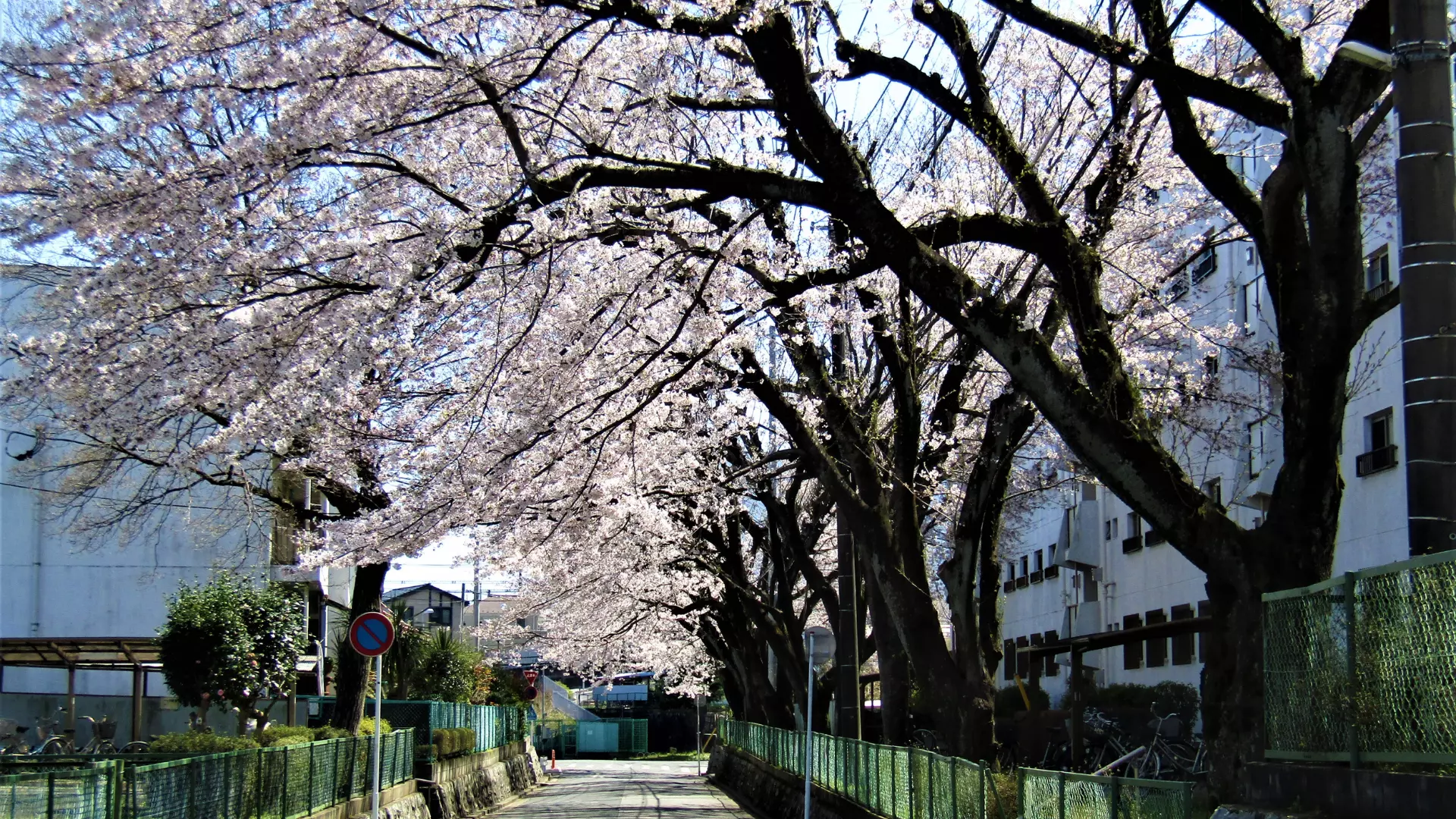
What are the most popular cities for single people in their 20s and 30s?
For single people in their 20s and 30s, cities with good access to the city center and convenient locations around train stations are popular. Especially popular are Funabashi City and Ichikawa City along the JR Sobu Line, and Nagareyama City, which is on the Tsukuba Express.
These areas are convenient for commuting, and the appeal is that it is easy to balance work and private life. In addition, there are many rental properties and the average rent is relatively reasonable, so they tend to be chosen by people who are living alone for the first time. The fact that there are many restaurants and commercial facilities and you will not have any trouble with daily life also supports their popularity among young people.
What are the characteristics of a town that is popular with families raising children?
The criteria for determining which towns families with children want to live in are the number of daycare centers, primary and secondary schools, the number of children on waiting lists, and the quality of public safety. Cities such as Nagareyama, Urayasu, and Ichikawa have comprehensive childcare support systems and are highly popular as areas that combine nature and urban functions.
There are many large parks and public facilities, so you will never be short of places to go on your days off. Local governments that put effort into the educational environment and towns with active communities are also attracting attention as towns where you can raise children with peace of mind.
Trends in cities where seniors want to live
Cities that are popular with seniors are areas with a good number of medical facilities, easy shopping, and barrier-free housing and facilities. Sakura City, Chiba City Chuo Ward, and Narashino City are rated as places where you can live with peace of mind, as they have a lot of nature and a calm living environment, but also have good access to hospitals and nursing care facilities.
Another reason for its popularity is the strong community ties and the availability of club activities and welfare services for seniors. It is an ideal environment for those looking for a quiet and comfortable life.
Changes in cities people want to live in | Comparison with past rankings
The rankings of cities people want to live in change every year, strongly reflecting the influence of lifestyle, social conditions, urban development, and more.
In the 2025 edition, suburban towns such as Nagareyama and Inzai continue to maintain their high rankings, indicating that families have a strong preference for the suburbs. On the other hand, popular areas such as Funabashi and Urayasu also enjoy stable support, and their high level of convenience remains an unchanging attraction. By comparing with past rankings, you can see the growth of towns and changes in the needs of residents.
Here we will take a closer look and compare it with past rankings.
Comparison with 2024 | Trends in popular areas
Compared to 2024, there were no major changes in the 2025 rankings, but some cities saw changes in their rankings.
In particular, Inzai City and Chuo Ward, Chiba City, rose in the rankings, and urban development and improvements in convenience were highly evaluated. On the other hand, cities that dropped slightly in the rankings may have been affected by traffic congestion and delays in redevelopment.
By looking at the trends in popular areas, it becomes clear how improvements in living environments are actually affecting the evaluation of cities as places people want to live.
What are the cities that have been attracting attention since the coronavirus pandemic?
Since the COVID-19 outbreak, the spread of remote work has brought new attention to "cities near the city center where you can also enjoy nature."
Nagareyama City and Inzai City are emblematic of this trend, and are seeing an increase in new residents due to their good balance between access to the city center and a good environment for raising children. There is growing interest in cities with spacious homes, parks, and well-developed natural environments, and this is reflected in the rankings.
Due to interest in infectious disease prevention measures and the establishment of telecommuting, this trend is likely to continue in the future.
The impact of redevelopment and the opening of new stations
Redevelopment and the opening of new stations are factors that greatly affect the ranking of cities people want to live in. In areas such as Chuo Ward, Chiba City, and Kashiwa City, redevelopment of the areas around stations has progressed, dramatically improving convenience and increasing their popularity. The opening of large shopping facilities and improvements to transportation infrastructure have also raised the city's ranking.
In addition, there are an increasing number of areas attracting new residents through redevelopment, such as the area around Nagareyama Otakanomori Station. Urban development and the attractiveness of a city are closely related, and this will likely influence future rankings.
Search for a room
Only furnished properties with appliances are listed!
Points to check before moving to a city in Chiba Prefecture you want to live in
Even if an area is ranked as one of the most desirable places to live, it is essential to check the area beforehand if you are actually going to live there. Especially within Chiba Prefecture, there are large differences in rent, prices, transportation access, and convenience of living between cities, towns, and villages. It is important to thoroughly understand factors that affect the quality of life, such as the average rent and initial costs for properties near train stations, daily shopping environment, and commuting time.
In addition, for families with children and seniors, the availability of educational and medical facilities is also an important criterion. Gathering information in advance is key to living comfortably in your ideal city.
In this chapter, we will tell you the points you should check before moving to Chiba Prefecture.
Rent market price and initial costs
When choosing a city to live in, it is essential to check the average rent and initial costs. In Chiba Prefecture, the rent is higher in areas closer to Tokyo, such as Funabashi City and Ichikawa City, and it is not uncommon to find properties costing more than 80,000 yen per month.
On the other hand, in Matsudo, Sakura, Inzai, etc., you can rent a large room at a relatively reasonable rent. The initial cost also varies greatly depending on whether or not there is a deposit and key money, so it is important to carefully compare the conditions of each property. When planning your budget for moving, consider not only rent but also renewal fees and insurance fees.
Transportation access for commuting to work or school
To make life in Chiba comfortable, access to work and school is also an important checkpoint. If you live along major lines such as the JR Sobu Line, Keiyo Line, or Tsukuba Express, you can easily access the city center and minimize time loss.
In particular, Funabashi, Kashiwa, and Nagareyama are popular because they have terminal stations that are convenient for commuting within Tokyo and require few transfers. On the other hand, commute times tend to be longer in suburban areas, so it's a good idea to check the timetable and congestion situation beforehand.
Living environment and shopping convenience
The major factors that determine how easy it is to live in an area are the surrounding living environment and convenience for shopping. Whether or not there are large shopping malls, supermarkets, drugstores, etc. within walking distance can make a big difference in the comfort of your daily life. Chiba City Chuo Ward, Kashiwa City, Urayasu City, etc. have a wide range of commercial facilities, so you will never have trouble shopping or eating out.
Additionally, the living environment, such as noise levels, public safety, and streetlight brightness, are also important points to consider when evaluating an apartment. By checking the atmosphere of the area during the day and at night when viewing the apartment and researching the surrounding area, you can make a decision you won't regret.
Summary | Tips for choosing the "city you want to live in" that suits you
When choosing a city to live in in Chiba Prefecture, it's important to choose a city that suits your lifestyle and vision for the future, not just based on the ranking.
People have different priorities, such as convenience for commuting to work or school, rent, ease of shopping, public safety, and an environment for raising children. Single people in their 20s and 30s will want accessibility and cost-effectiveness, families with children will want an educational and medical environment, and seniors will want a quiet and secure environment.
Please use the rankings only as a reference. Make sure to choose a city that satisfies you by gathering information and visiting the area based on your own criteria of "livability."

